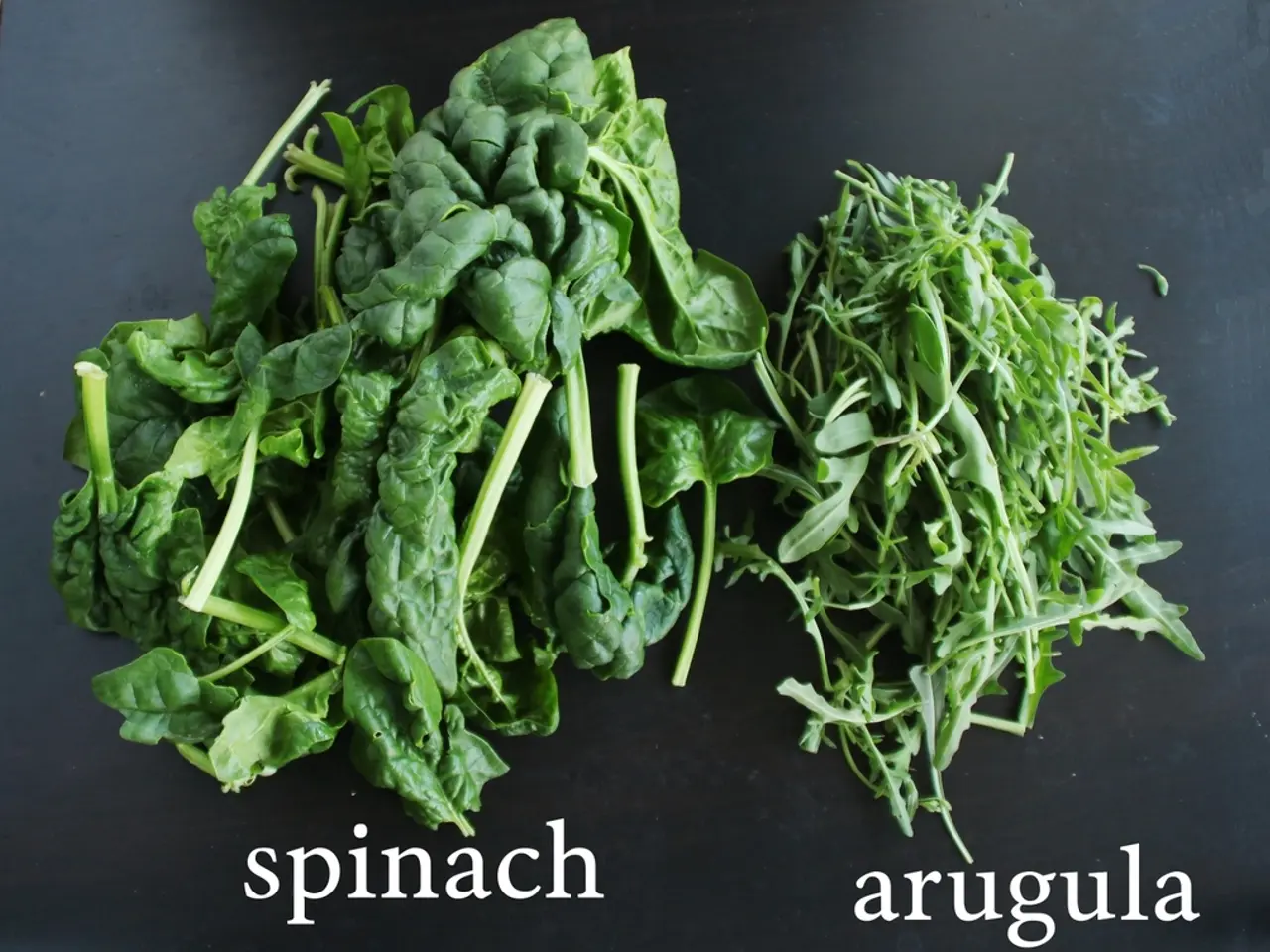Cultivate These 5 Vegetables in Your Indoor Garden During the Wet Season
The monsoon season in India, which typically runs from June to September, offers a unique opportunity for home gardeners to cultivate fresh, nutritious vegetables right at home. This period, characterised by humid and wet conditions, provides an ideal environment for a variety of vegetables that thrive in such conditions. Here are some of the best options to consider for a bountiful monsoon harvest.
1. **Okra (Bhindi)**
Okra, a staple in Indian cuisine, thrives in warm, humid climates typical of the Indian monsoon. This hardy and fast-growing vegetable can yield abundantly within 45 to 60 days, making it excellent for continuous supply. Okra is versatile, finding its way into curries, stir-fries, and snacks across Indian cuisine.
2. **Cucumber**
Cucumbers, known for their cooling and hydrating properties, flourish in moist, warm conditions. Ideal for salads and cooling dishes, cucumbers are highly versatile in meals. To promote airflow and reduce fungal problems, it is recommended to provide support like trellises for the vines to grow upwards.
3. **Beans (French beans, Yardlong beans)**
Beans are another excellent choice for the monsoon season, as they germinate quickly, climb easily, and produce heavily in moist conditions. Nutrient-rich and commonly used in a variety of Indian dishes, beans are a valuable addition to any home garden.
4. **Spinach and Amaranth (Chaulai)**
Leafy greens like spinach and amaranth are low maintenance and provide important nutrients. They are used in soups, saag, and side dishes. Amaranth, in particular, is especially valued as a power-packed leafy vegetable during the monsoon.
5. **Brinjal (Eggplant/Baingan)**
Brinjal performs well in monsoon conditions if fungal issues are managed. This versatile vegetable is used in curries, stuffed preparations, and grills across Indian cuisine.
In addition to these top picks, other vegetables well-suited for monsoon cultivation include bottle gourd (Lauki/Doodhi), pumpkin (Kaddu), green chillies (Hari Mirch), and sweet corn (Makka). These vegetables are chosen based on their adaptation to rain-fed, humid and warm environments, ensuring robust growth during the monsoon, high yield potential, and versatile use in Indian cuisine.
Home gardeners can start brinjal seeds indoors in small pots or seed trays and transplant the saplings after 4-5 weeks into large containers or ground soil. Spinach grows rapidly in the moist, fertile conditions of the monsoon and is ideal for small garden patches or shallow containers. Cucumbers are ideal for the monsoon season, flourishing in warm temperatures and loving the moisture provided by the rainy season.
Brinjal adapts well to various soil types and yields a generous harvest if cared for properly. Beans enrich the soil by fixing nitrogen, making them a valuable addition to any home garden. Okra thrives in moist, well-drained soil and requires full sunlight. Sow okra seeds directly into the soil after the first few rains.
By growing these vegetables during the monsoon season, home gardeners can contribute to a more sustainable and health-conscious lifestyle while enjoying a rich variety of monsoon meals.
- For a home-and-garden enthusiast seeking to enhance their lifestyle, consider growing Okra (Bhindi), a versatile vegetable that thrives in monsoon conditions and offers numerous culinary possibilities in Indian cuisine.
- Diversify your home-and-garden growth to include Cucumbers, which flourish in monsoon's moist, warm conditions, providing a refreshing addition to your homegrown gardening efforts and engaging in home-and-garden-associated activities like gardening.




